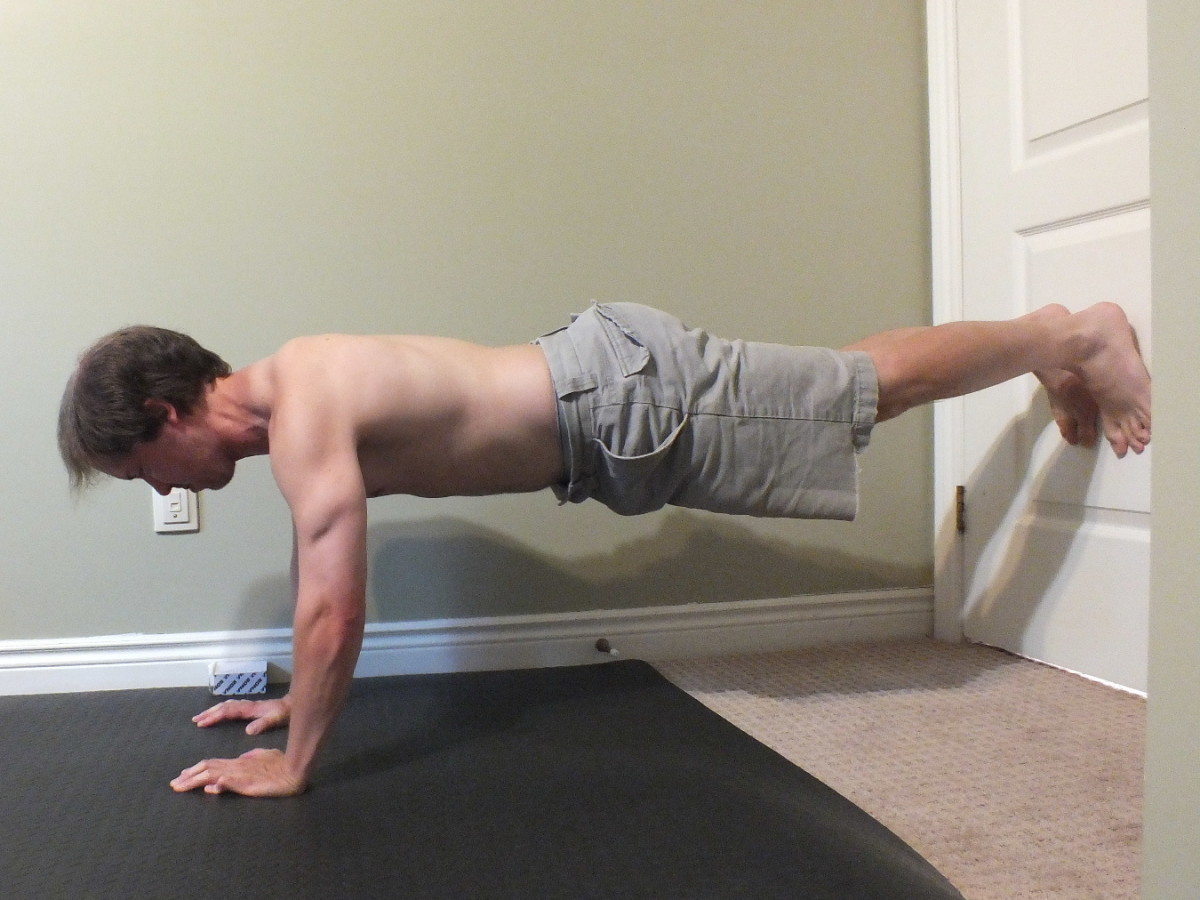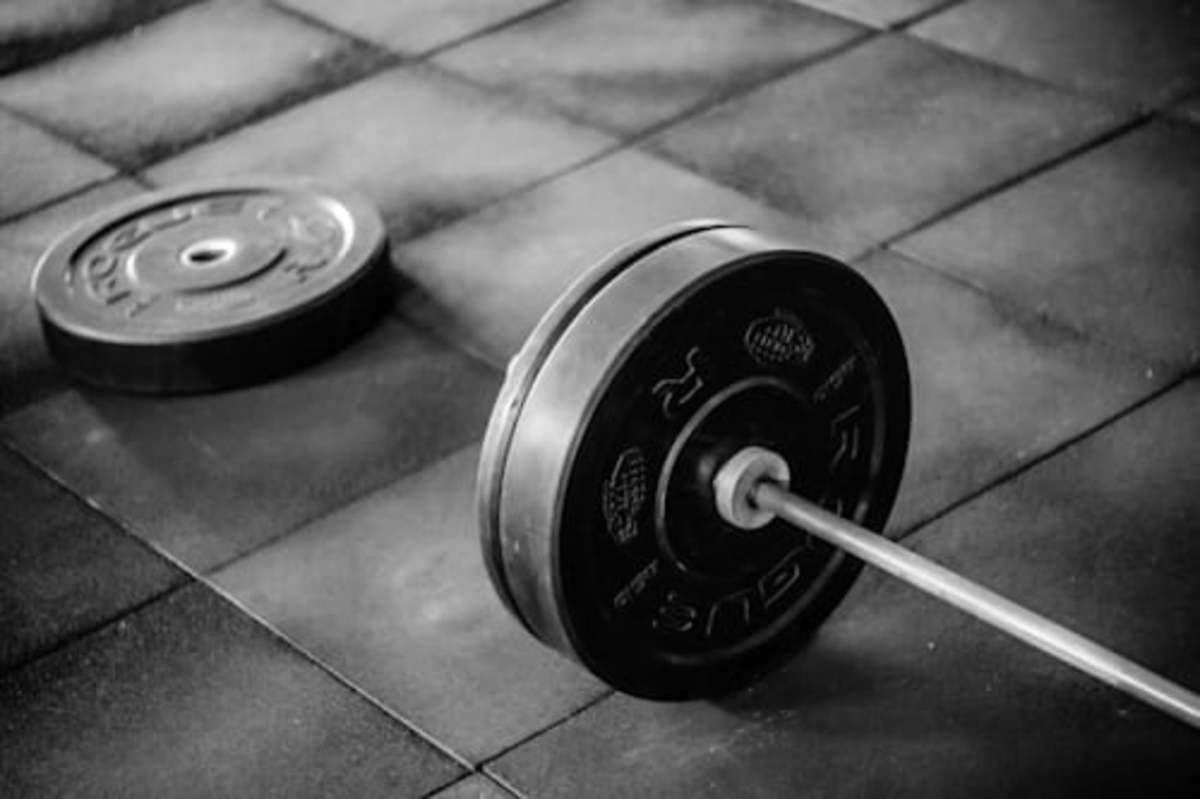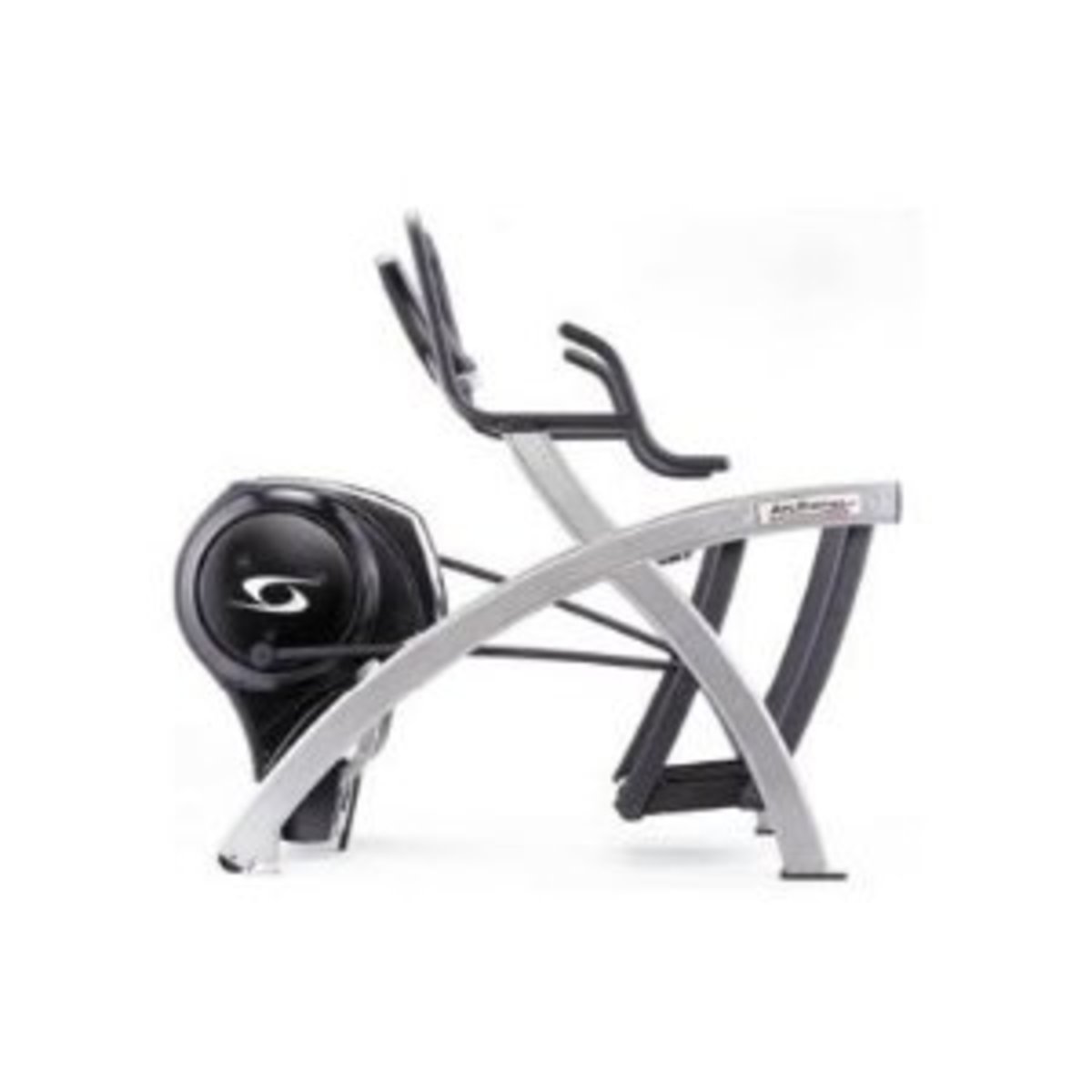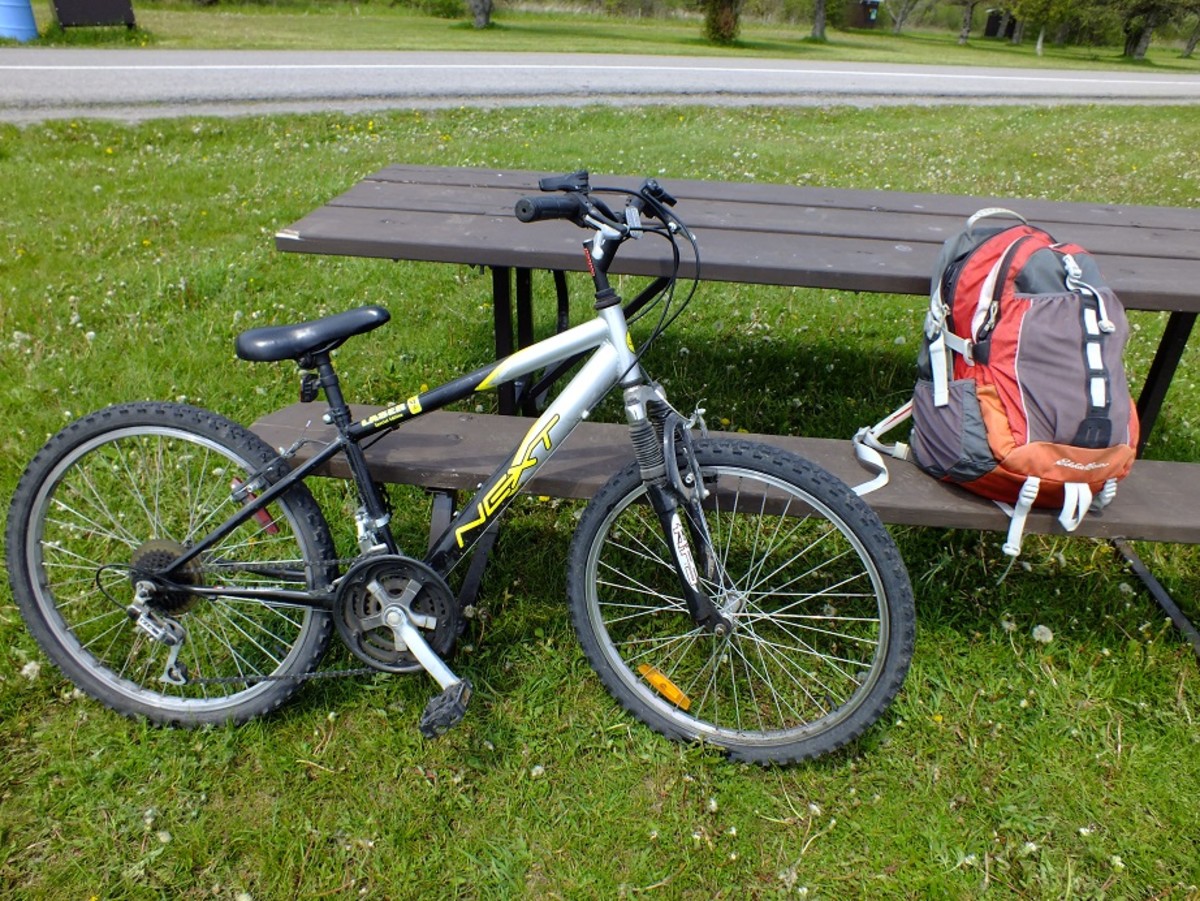How Does Exercise in Water Compare to Exercise on Land?
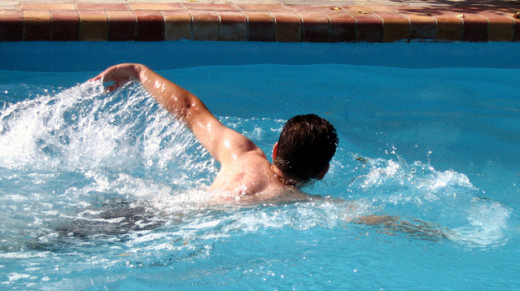
Humans didn’t evolve from fish. The human anatomy isn’t really designed for aquatic activity. This is precisely, however, why a pool or even the ocean is such a great exercise environment. It forces the body to exercise its muscles and lungs in a whole new way. Exercising in water is quickly becoming a fitness trend. Find out why and how it compares to exercise on land.
Water Is a Natural Form of Resistance
Building muscle and burning fat is all about exerting physical energy against resistance, hence the prevalence of weight training and body calisthenics. Water provides resistance for the whole body.
Here’s a fun fact: water is 800 times denser than air. It goes without saying that any movement made in water is going to require more exertion than the same movement on land. In addition, water’s natural drag also provides additional resistance and makes you work muscles that aren’t used when on land.
It’s Easy on the Joints
Water also cushions the joints. This explains why water aerobics is such a popular activity for seniors, pregnant women, and those recovering from injuries. The buoyancy in water reduces the effects of gravity on your joints by around 90% or less depending on the depth of the water. That means a 200-pound man jogging on one of those hydro-treadmills is only carrying 20-pounds of bodyweight. Less weight to carry means less undue stress and injury.
Not Breaking a Sweat Under Water?
Several people who have tried water-based workouts commented that they didn’t feel like they were getting that great of a workout, mainly because they’re not really breaking a sweat. Those that wear a heart monitor also noticed that their heart rate is lower than when doing the same workout on land.
According to the American Council on Exercise, heart rate decreases by about 17 beats per minute when underwater. This accounts for why it’s harder to get a sweat going. Rest assured, however, that you’re burning more calories. One study at University of Virginia School of Medicine showed that running in water at a brisk pace burns about 11.5 calories per minute, versus 8 calories per minute for running on land.
Are Water Exercises Superior?
With all these benefits, it’s easy to jump on the bandwagon and assume that water-based workouts are superior. However, don’t be so quick to cancel your gym membership and head to your local swimming pool just yet.
Water exercises aren’t for everyone. They’re not for anyone with chronic low blood pressure. Also, just about every swimming pool these days contain chlorine. While chlorine is essential for keeping water sanitized, too much exposure is also known to cause premature wrinkles and even reduce testosterone count in males. However, the side effects of chlorine are only prevalent among daily pool users. Unless you’re spending 90-minutes, six days a week in the pool, this isn’t something to lose sleep over.
The best course of action is to mix it up. Give your body a variety of workout routines by rotating between exercises done on land and that performed in water. Ultimately, the important thing is that you stay physically active.


